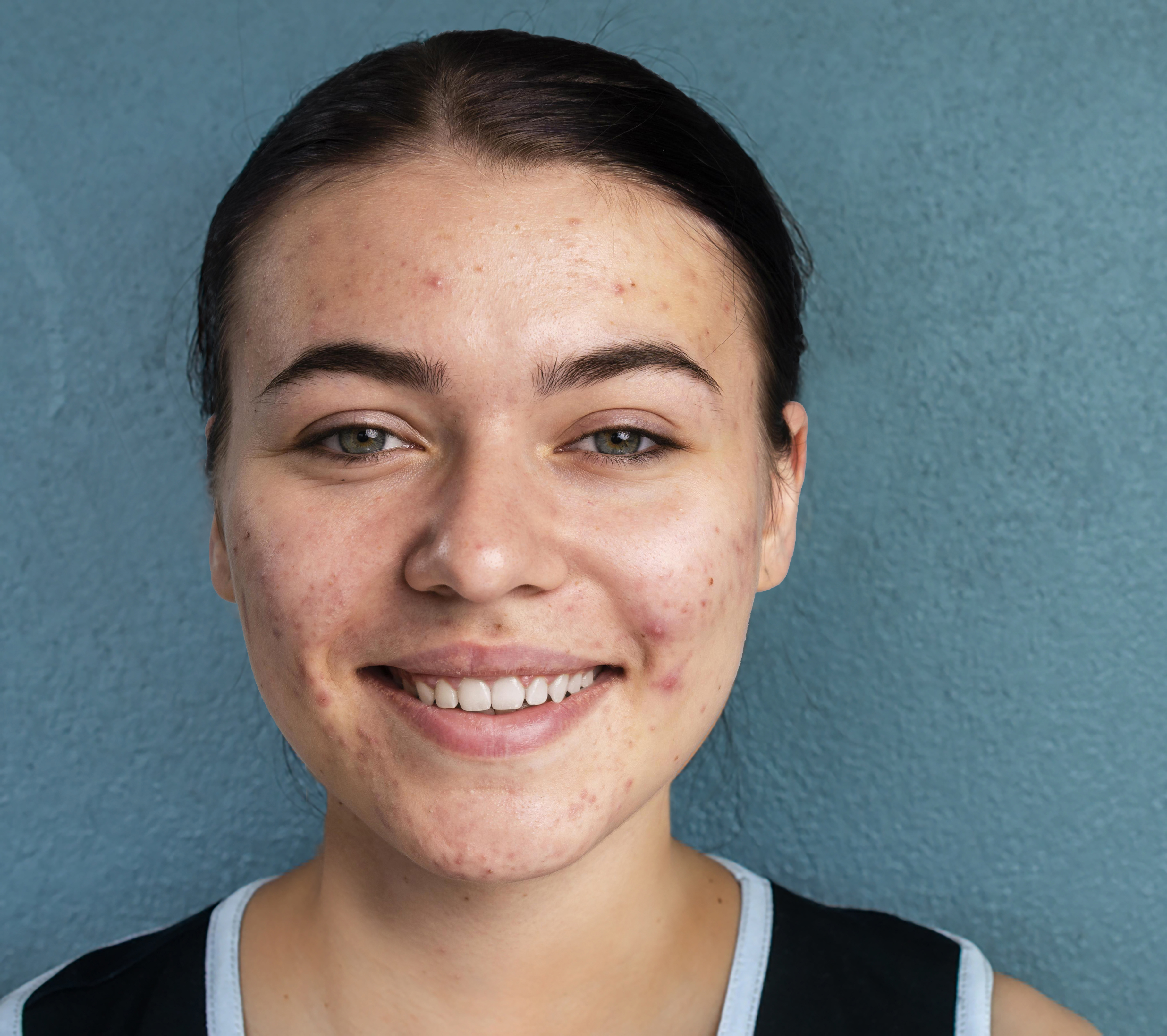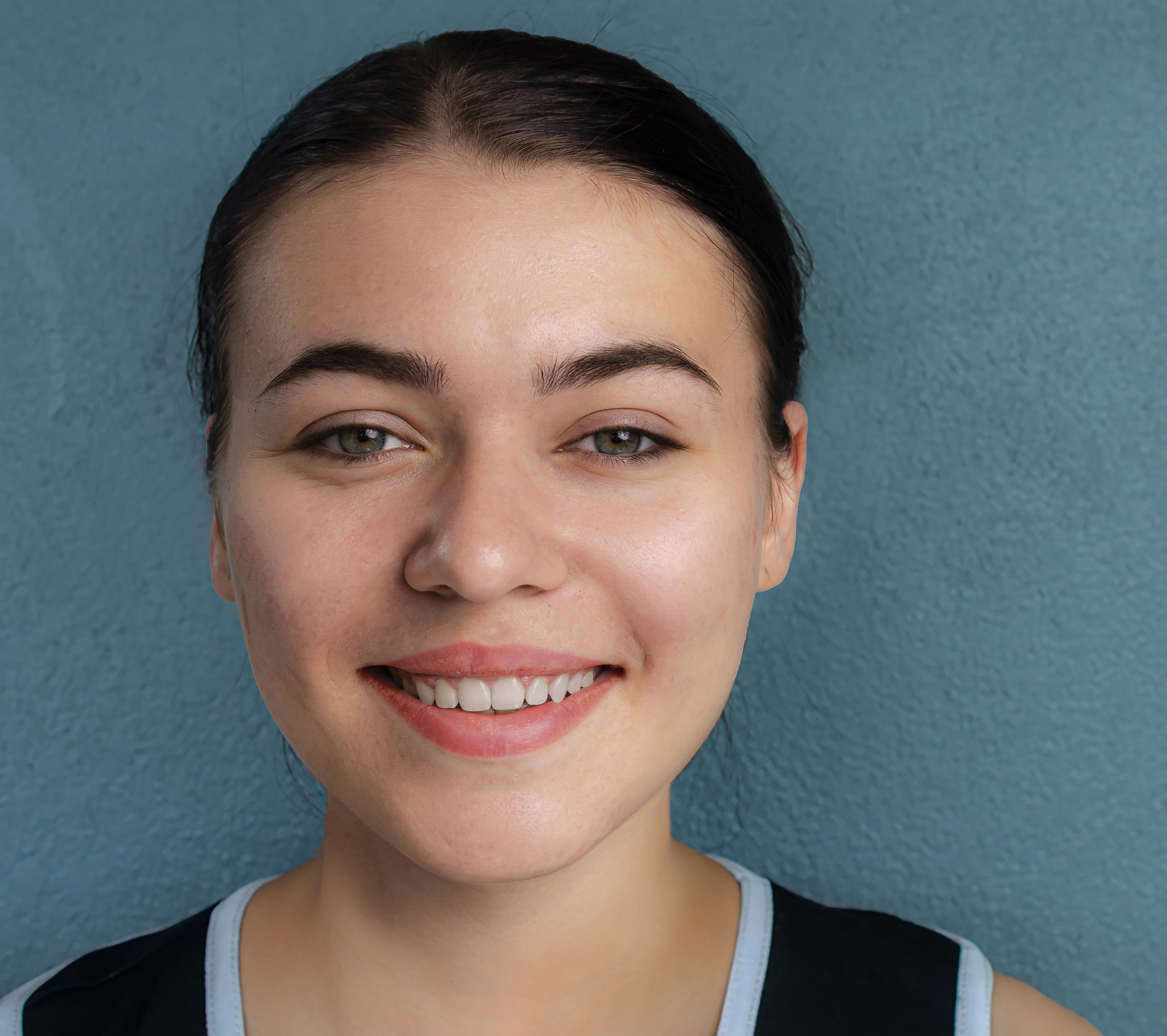Before and After: The Power of Professional Photo Retouching
In a world increasingly dominated by visual media, photography has taken on an unprecedented significance. From advertising campaigns to social media profiles, the images we see influence our perceptions and decisions in profound ways. However, the photos we encounter daily, whether in glossy magazines, billboards, or Instagram, rarely appear in their raw, unedited form. Instead, they undergo a transformative process known as professional photo retouching. This artistic and technical skill is the secret behind images that captivate, inspire, and sometimes even deceive. In this article, we will explore the profound impact of professional photo retouching, dissecting the “before” and “after” states of images and uncovering the subtle and not-so-subtle changes that make all the difference.
The Purpose and History of Photo Retouching
Photo retouching has existed since the early days of photography, but its role and techniques have evolved dramatically with advances in technology. Originally, retouching was done manually, often with paintbrushes and airbrushing tools. Early photographers would adjust exposure, soften wrinkles, or brighten eyes by physically altering negatives or applying pigments directly to prints. The purpose behind retouching has remained consistent: to enhance the subject’s appearance, correct imperfections, and align the final image with a particular vision or ideal. However, in the 21st century, with the rise of digital photography and software like Adobe Photoshop, photo retouching has become faster, more precise, and far-reaching in its capabilities.
Before: The Unedited Image

An unretouched photograph is raw and unfiltered. It captures the subject as it is, flaws and all. Lighting may be imperfect, shadows might fall awkwardly, and even the most beautiful model or scenic landscape might suffer from less-than-ideal conditions. Facial blemishes, flyaway hairs, or uneven skin tones are visible. In portraits, environmental distractions like a stray hand or a piece of litter in a landscape may detract from the overall composition. While raw images may appeal for their authenticity, they often lack the polish that audiences expect. The demands for perfection—especially in commercial photography—are high. People have come to expect smooth skin, flawless backgrounds, and perfectly illuminated subjects.
The Tools and Techniques of Retouching
Professional photo retouching relies on a range of digital tools and techniques, each designed to address specific aspects of the image. Here are some of the most common techniques used in modern photo retouching:
1. Skin Retouching: One of the most well-known aspects of retouching involves improving skin appearance. Techniques include removing blemishes, evening out skin tones, and softening wrinkles without losing the skin’s natural texture. Tools like frequency separation allow retouchers to preserve skin texture while smoothing out imperfections, giving subjects a flawless but natural look.
2. Lighting and Exposure Adjustments: Professional retouchers adjust brightness, contrast, and shadows to ensure the subject is properly lit. This often involves fine tuning highlights and shadows, which helps bring out the subject’s best features while maintaining depth and dimension.
3. Color Correction and Grading: Color correction is crucial in photo retouching. It involves adjusting white balance, correcting skin tones, and ensuring that colors are consistent across an image. Beyond correction, color grading adds a stylistic element by changing hues to evoke certain moods, from the warmth of a summer day to the coldness of a dramatic, high-fashion shoot.
4. Body Sculpting and Slimming: In fashion photography, retouching often involves subtle (or sometimes not-so-subtle) adjustments to the subject’s body shape. Waistlines may be narrowed, arms slightly slimmed, or legs elongated to fit the industry’s standard of beauty. This can create controversy, but it remains a common practice.
5. Background Cleaning and Object Removal: Removing distractions or unwanted objects from a photograph can make a significant difference in the final result. Whether it’s a stray hair, an out-of-place wrinkle on a shirt, or even people walking in the background, retouchers often clean up the environment to focus attention on the subject.
6. Teeth Whitening and Eye Enhancement: Even minor details such as teeth whitening and enhancing the clarity of the eyes can have a transformative impact. Teeth can be subtly brightened, and eyes can be made more vibrant, bringing out the subject’s inner radiance.
7. Sharpening and Detail Enhancement: Sharpening focuses on emphasizing textures and enhancing fine details like eyelashes, hair strands, or intricate fabric patterns. A sharp, well-defined image appears more professional and polished, especially when viewed in large formats.
8. Creative Enhancements: Beyond correction and enhancement, some retouching adds artistic flair. Surreal lighting, added effects, and exaggerated features can be introduced to create otherworldly images, often used in editorial or fantasy photography.
After: The Transformed Image

The “after” of professional photo retouching is where the magic happens. What was once a basic, perhaps uninspiring photo, has been elevated to a piece of art. The subject looks more radiant, polished, and dynamic, and distractions are minimized or entirely erased. In a portrait, skin is flawless but not overly artificial, eyes sparkle with life, and the entire composition feels harmonious and intentional. The impact of this transformation is undeniable. The power of professional retouching lies not only in correcting imperfections but also in amplifying what is already there. A well retouched image tells a story, communicates a message, and captivates the viewer’s attention in ways that an unretouched photo rarely can. However, this power also brings with it responsibility and sometimes controversy, particularly in industries like fashion, beauty, and advertising.
The Ethics of Retouching: When Does It Go Too Far?
While photo retouching is a vital part of professional photography, it has sparked ethical debates, especially in industries where unrealistic body standards are prevalent. The fashion industry, in particular, has faced criticism for promoting unattainable beauty ideals through overzealous retouching. Some argue that heavy photo manipulation contributes to issues like low self-esteem, eating disorders, and body dysmorphia, particularly among young audiences. When does retouching go too far? The line between acceptable enhancement and deception can be blurry. For instance, removing a blemish might seem harmless, but slimming a model’s waist or elongating their legs can send harmful messages about body image. As such, many brands and publications are now striving for transparency by reducing retouching or labeling images that have been significantly altered. Some companies, like Aerie and Dove, have even launched campaigns that embrace natural beauty and promote body positivity by featuring unretouched models. This shift reflects a growing awareness of the impact that altered images can have on society and the responsibility that comes with digital enhancement.
Retouching in Different Fields: Fashion, Advertising, and Personal Photography
The impact of retouching varies significantly depending on the field in which it’s applied. Here’s how retouching is used in some of the most common industries:
1. Fashion Photography: Perhaps the most iconic field for photo retouching, fashion photography often involves extensive editing. Models are typically made to fit a certain ideal, with skin, hair, and bodies retouched to create perfection. While these images are often aspirational, they have been criticized for setting unrealistic standards of beauty.
2. Advertising: In advertising, retouching is essential for selling products and services. From food photography to luxury cars, almost every ad we see has been meticulously retouched to appear as attractive as possible. Lighting, color correction, and object removal play key roles in ensuring that products are presented in their best possible light.
3. Portrait Photography: In personal portrait photography, whether for weddings, family portraits, or individual sessions, retouching is used more subtly. Clients want to look their best but still recognizable. Minor skin corrections, teeth whitening, and background cleanup are common, while major alterations are typically avoided.
4. Editorial Photography: Editorial photography, such as in magazines, often pushes the boundaries of retouching by incorporating creative and artistic effects. In these images, the goal isn’t always realism but rather to tell a story or evoke an emotion. In some cases, editorial retouching involves fantastical or surreal effects that enhance the visual narrative.
5. Social Media: With the rise of platforms like Instagram and TikTok, photo retouching has become more accessible to everyday users. Many influencers and regular people now use apps to smooth skin, adjust lighting, or alter body shapes. While this has democratized the art of retouching, it has also raised concerns about self-image and the pressure to present a perfect version of oneself online.
The Future of Photo Retouching: Trends and Technologies As technology continues to advance, the future of photo retouching is likely to see even more sophisticated tools and techniques. Artificial intelligence (AI) and machine learning are already being integrated into retouching software, allowing for faster and more intuitive editing. AI can now automatically detect and correct common issues like exposure, color balance, and blemishes, reducing the need for manual intervention. At the same time, there is a growing demand for authenticity in photography. Consumers are becoming more aware of the power of retouching and are seeking out images that feel real and relatable. This trend is driving some photographers and brands to adopt a more natural, less polished style, even as retouching technology becomes more powerful.
Conclusion: The Impact of Retouching on Visual Culture Professional photo retouching holds immense power in shaping the images we see and the perceptions we form. From transforming ordinary photos into stunning works of art to perpetuating unrealistic standards of beauty, retouching plays a pivotal role in modern visual culture. While it offers incredible creative possibilities, it also raises important ethical questions about authenticity